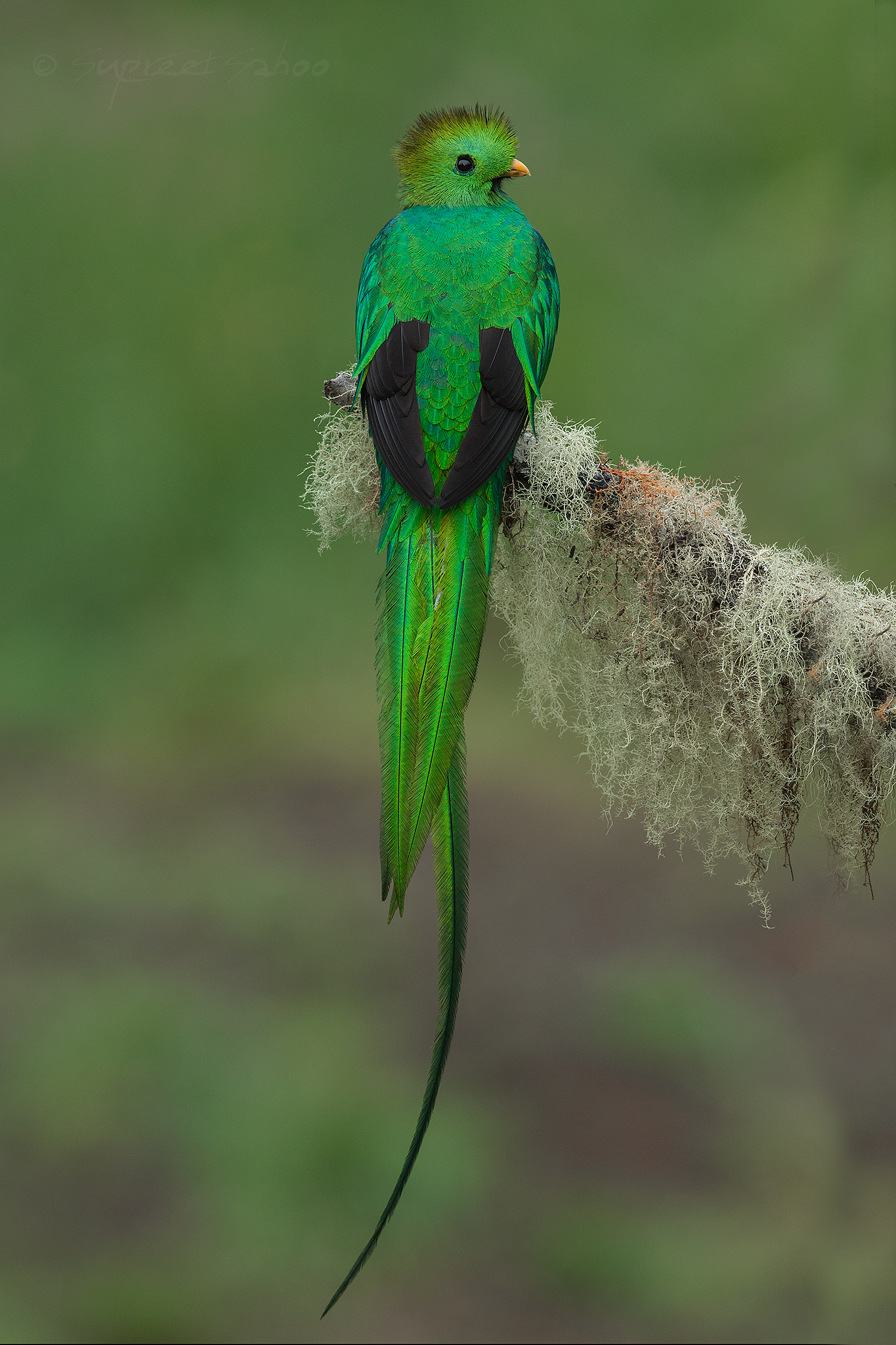|
Juan Castro Blanco National Park
Juan Castro Blanco National Park is a National Park, part of the Arenal Huetar Norte Conservation Area, in the northern part of Costa Rica. Location Located about 100 km north of San José, to the east of Ciudad Quesada in Alajuela Province. Geography It contains the active Platanar Volcano, the dormant Porvenir Volcano, and the inactive El Viejo Volcano. It was created in 1992 and covers an area of both rain and cloud forest. The reserve contains the sources of the Aguas Zarcas, Platanar, Tora, Tres Amigos and La Vieja rivers. Lake Pozo Verde is located within the park. Flora and fauna The park contains a wide variety of orchids and birds as well as natural hot springs. At least 57 species of mammal recorded in the reserve and include jaguar, tapir, ocelots, sloths, howler monkeys, red brocket deer and at least 22 species of bats. Over 233 species of birds, resident and migratory have been recorded including the national bird of Costa Rica the clay ... [...More Info...] [...Related Items...] OR: [Wikipedia] [Google] [Baidu] |
Costa Rica
Costa Rica (, ; ; literally "Rich Coast"), officially the Republic of Costa Rica ( es, República de Costa Rica), is a country in the Central American region of North America, bordered by Nicaragua to the north, the Caribbean Sea to the northeast, Panama to the southeast, the Pacific Ocean to the southwest, and Maritime boundary, maritime border with Ecuador to the south of Cocos Island. It has a population of around five million in a land area of . An estimated 333,980 people live in the capital and largest city, San José, Costa Rica, San José, with around two million people in the surrounding metropolitan area. The sovereign state is a Unitary state, unitary Presidential system, presidential Constitution of Costa Rica, constitutional republic. It has a long-standing and stable democracy and a highly educated workforce. The country spends roughly 6.9% of its budget (2016) on education, compared to a global average of 4.4%. Its economy, once heavily dependent on agricultu ... [...More Info...] [...Related Items...] OR: [Wikipedia] [Google] [Baidu] |
Lake Pozo Verde
Lake Pozo Verde ( es, Laguna Pozo Verde, translated as Lake Green Pond), is a lake of volcanic origin in San Carlos, Alajuela province, Costa Rica. Location Lake Pozo Verde is located in the Juan Castro Blanco National Park, on the slopes of Porvenir Volcano. See also * List of lakes in Costa Rica This is a list of lakes, reservoirs, and water bodies in Costa Rica.. See also *List of volcanoes in Costa Rica This is a list of active and extinct volcanoes in Costa Rica. See also * List of lakes in Costa Rica * Central Americ ... References {{reflist Geography of Limón Province Tourist attractions in Limón Province Pozo Verde ... [...More Info...] [...Related Items...] OR: [Wikipedia] [Google] [Baidu] |
Great Curassow
The great curassow (''Crax rubra'') is a large, pheasant-like bird from the Neotropical rainforests, its range extending from eastern Mexico, through Central America to western Colombia and northwestern Ecuador. Male birds are black with curly crests and yellow beaks; females come in three colour morphs, barred, rufous and black. These birds form small groups, foraging mainly on the ground for fruits and arthropods, and the occasional small vertebrate, but they roost and nest in trees. This species is monogamous, the male usually building the rather small nest of leaves in which two eggs are laid. This species is threatened by loss of habitat and hunting, and the International Union for Conservation of Nature has rated its conservation status as " vulnerable". Description At in length and in weight, this is a very large cracid. Females are somewhat smaller than males. It is the most massive and heavy species in the family but its length is matched by a few other cracids. Three ... [...More Info...] [...Related Items...] OR: [Wikipedia] [Google] [Baidu] |
Resplendent Quetzal
The resplendent quetzal (''Pharomachrus mocinno'') is a small bird found in Central America and southern Mexico that lives in tropical forests, particularly montane cloud forests. They are part of the family Trogonidae and have two recognized subspecies, ''P. m. mocinno'' and ''P. m. costaricensis''. Like other quetzals, the resplendent is mostly omnivorous; its diet mainly consists of fruits of plants in the laurel family, Lauraceae, but it occasionally also preys on insects, lizards, frogs and snails. The species is well known for its colorful and complex plumage that differs substantially between sexes. Males have iridescent green plumes, a red lower breast and belly, black innerwings and a white undertail, whilst females are duller and have a shorter tail. Grey lower breasts, bellies, and bills, along with bronze-green heads are characteristic of females. These birds hollow holes in decaying trees or use ones already made by woodpeckers as a nest site. They are known to ta ... [...More Info...] [...Related Items...] OR: [Wikipedia] [Google] [Baidu] |

